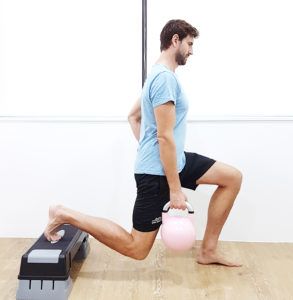Q&A with Women’s Health Physio: Back pain early in pregnancy
 Q: I’m pregnant and my back is starting to hurt. I’ve been told I need to just get on with this, as it’s just “pregnancy aches and pains”. Is there anything I can do?
Q: I’m pregnant and my back is starting to hurt. I’ve been told I need to just get on with this, as it’s just “pregnancy aches and pains”. Is there anything I can do?
Suzy: Yes, absolutely. While not uncommon, back pain early in pregnancy is not deemed normal and should be addressed. It often coincides with a muscular imbalance around the pelvis and can happen alongside other common areas of pain such as the hips, buttocks and pubic area. With the amount of change that happens in the body during pregnancy, it is hardly surprising that sometimes our muscles are slow to catch up! It is also important to note that women who experience back pain in pregnancy are up to 7 times more likely to experience some form of pelvic floor dysfunction, as the muscles can begin to function differently in response. Here at InTouch Physio, we can help you to address these issues, identify the structures which need work and try to reduce your symptoms so that you can enjoy your pregnancy





